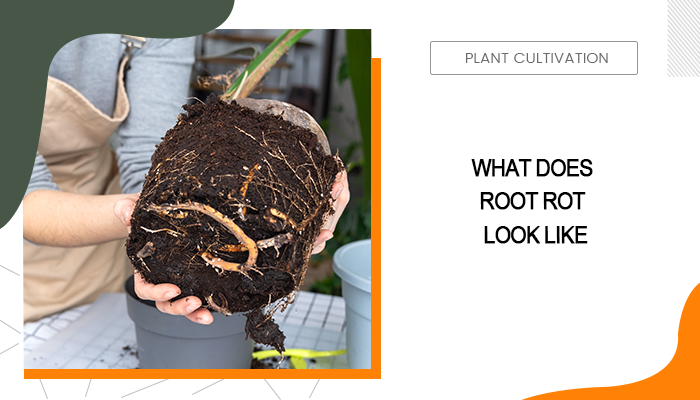Among all houseplant issues, root rot can be the most devastating problem for all gardeners. Whenever you see any signs of yellowing or wilting leaves or brown spots, chances are your plants are suffering from root rot. As the culprit of plants decaying, how to identify root rot so you can take action before it’s too late? In this post, we will show you what does root rot look like, root rot treatment, and its causes.
Table of Contents
What Is Root Rot
Based on the definition from Wisconsin Horticulture, root rot refers to a range of diseases affecting woody ornamental plants, where the responsible pathogen (bacteria, fungi, or other organisms) targets and gradually deteriorates the plant's root system, as well as the lower trunk or branches near the ground.
In real-life cases, it’s often the overwatered conditions that trigger the root rot phenomenon, which we’ll explain in detail later.
How to Identify Root Rot
The good news is that you don’t necessarily need to de-pot the plant to confirm whether the root is rotten or not. With a few check-ups on the plant leaves, overall growth, and even the scent, you can have a rough idea of what does root rot look like.
Wilting Leaves
Early indicators of root rot often include wilting leaves, particularly noticeable in the lower parts of the plant. These leaves may display brown tips and eventually dry up and drop off.
Leaf Discoloration
One more signal of root rot is the leaf discoloration. For example, you may notice tomato leaves turning yellow or hydrangea leaves turning brown, these are all proofs that your plant is experiencing nutrient deficiencies due to impaired nutrient uptake from decaying roots.
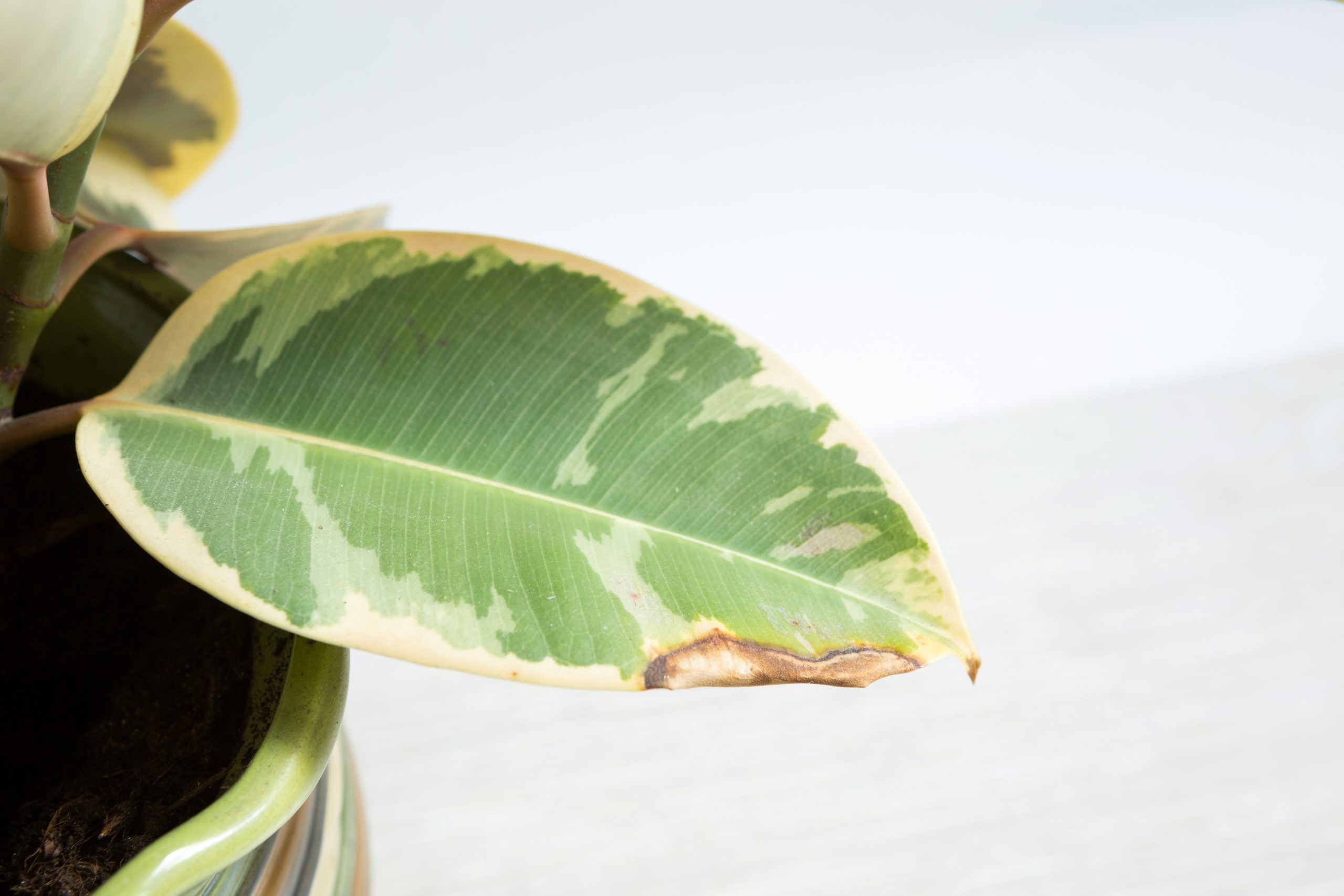
Below-average Growth
A lack of adequate water absorption can also hinder the plant's growth, leading to a stunted appearance. Is it growing slower than the average stages of growth? However, the dormant phase in winter is an exception.
Unpleasant Smell
A foul odor is a strong indicator of root rot. This smell is usually musty and unpleasant, akin to the scent of rotting vegetation. The odor is caused by the decomposition of the roots and is often accompanied by the presence of mold or mildew, which can also be visible on the soil surface or at the base of the plant.
However, if you want to make it certain, de-potting the plant is undoubtedly the best way to identify root rot. Once you remove the plant from its pot and clear away some soil, you can see the following signs.
Discoloration of Roots
Healthy roots are typically white and firm. Root rot manifests as brown or black roots that are soft to the touch. This discoloration is a clear sign that the roots are no longer functioning properly. The color change results from the roots dying and decaying, which is often a direct consequence of fungal infection or prolonged exposure to excess moisture.
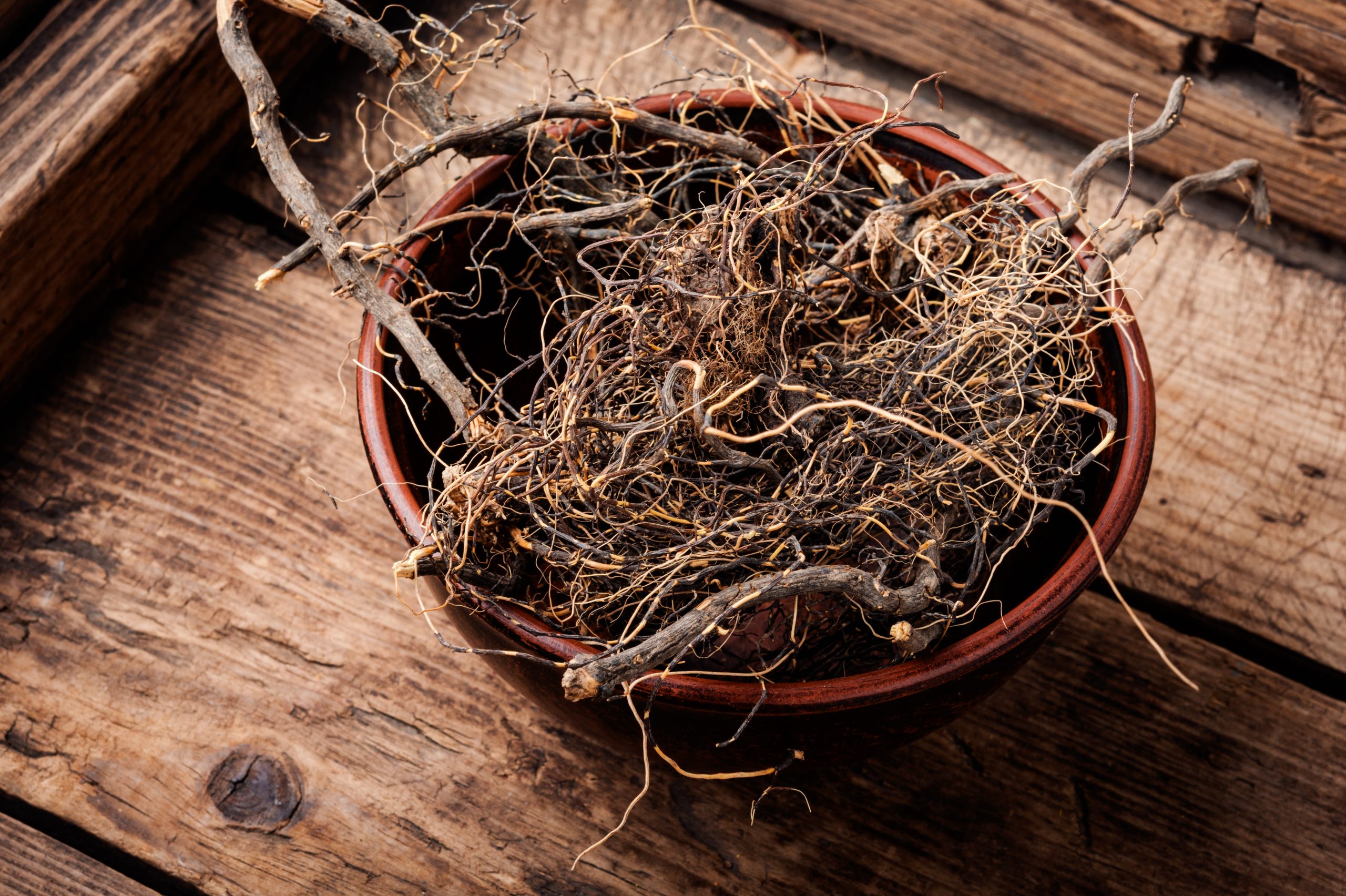
Soft, Mushy Texture
The affected roots will feel mushy and might fall apart when handled. This texture change is indicative of the breakdown of the root structure. In healthy plants, roots should be resilient and strong. When they become soft, it means they are no longer able to absorb nutrients or water effectively, severely impacting the plant's overall health.
Best Root Rot Treatment
Unlike other household plant dieases, root rot is unlikely to be recovered, cured, or fixed. That’s why we are using the word, treatment. Once the root dies, the only chance left is to save the healthy parts as soon as possible. That means you have to remove the rotten parts and transplant the living roots.
While it can be challenging, with the right steps, you can give your plant a chance. Here's a detailed approach:
Step 1: Remove the Plant and Inspect Its Roots
- Carefully remove your plant from its pot. Gently wash away as much soil as possible from the roots under a stream of lukewarm water.
- Examine the roots and foliage to identify the rotting portions. Healthy roots are typically green or white and firm, while rotting roots are brown, squishy, or stringy.
Step 2: Cut Away the Rotting Roots and Foliage
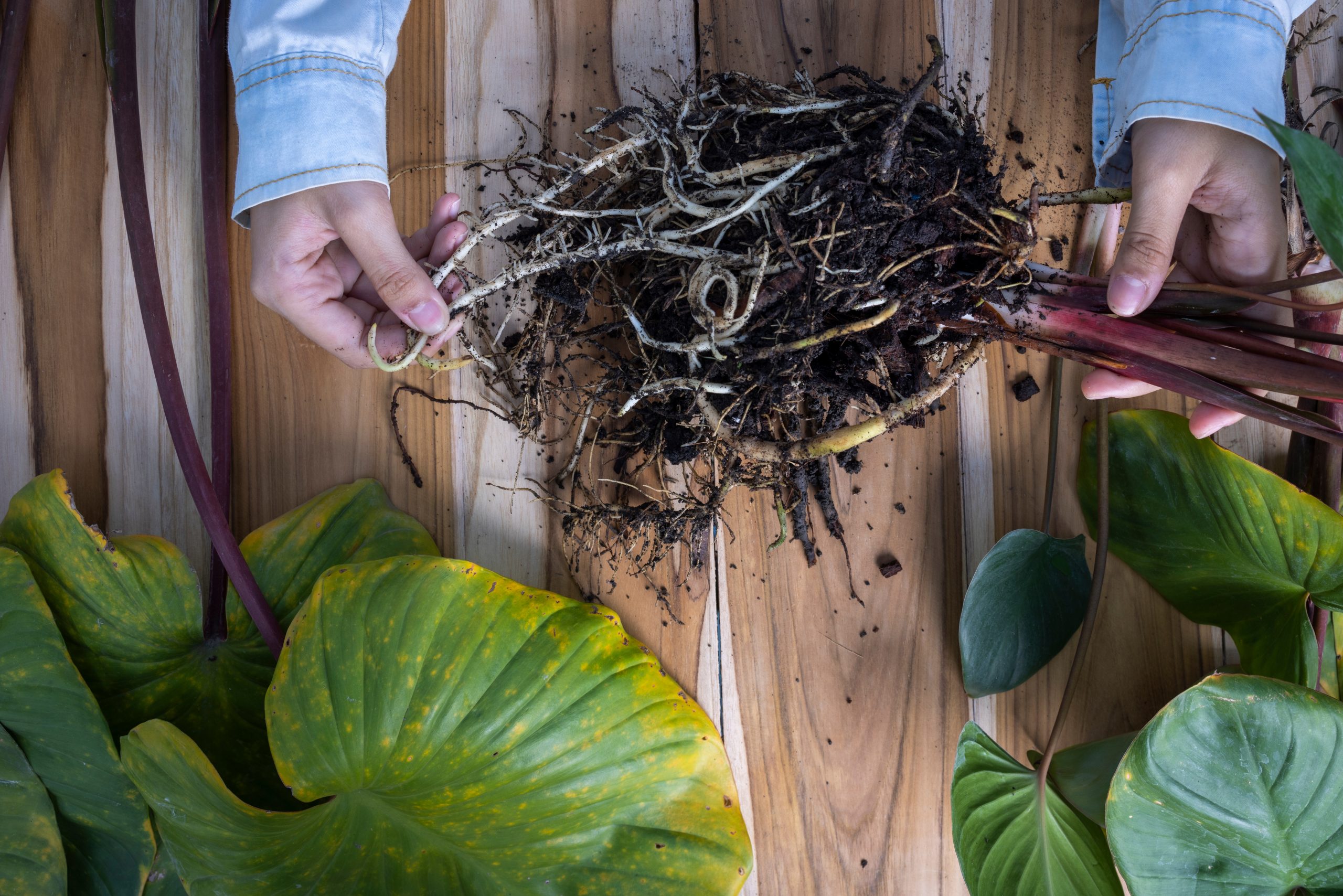
- Sanitize a pair of sharp pruning shears or scissors with rubbing alcohol.
- Carefully cut away the rotting parts of the roots and foliage. While doing so, ensure to only remove the affected areas and avoid damaging healthy growth.
- If a significant portion of the roots is removed, also prune back the plant’s foliage to a proportional size.
Step 3: Repot with Fresh Soil
- Select a clean pot with a drainage hole - good drainage is everything. If reusing the old pot (though we don’t recommend it), sanitize it in a bleach solution (1 part bleach to 9 parts water) for at least 10 minutes, then rinse thoroughly.
- Fill the pot with fresh, light, and fluffy potting mix. Use a specific mix like cacti mix for plants such as cacti, succulents, palms, or citrus trees. Avoid garden soil as it may contain harmful fungi.
- Repot the plant in the new soil, taking care to gently position the remaining healthy roots.
Now it’s all about patience. You can water the plant with a vitamin formula designed for stressed plants, but avoid fertilizing until the plant shows signs of complete recovery and new growth.
Causes of Root Rot: Overwatering and Fungi
Root rot is primarily caused by environmental factors that create conditions conducive to the disease, notably an overwatered growing soil condition.
Overwatering
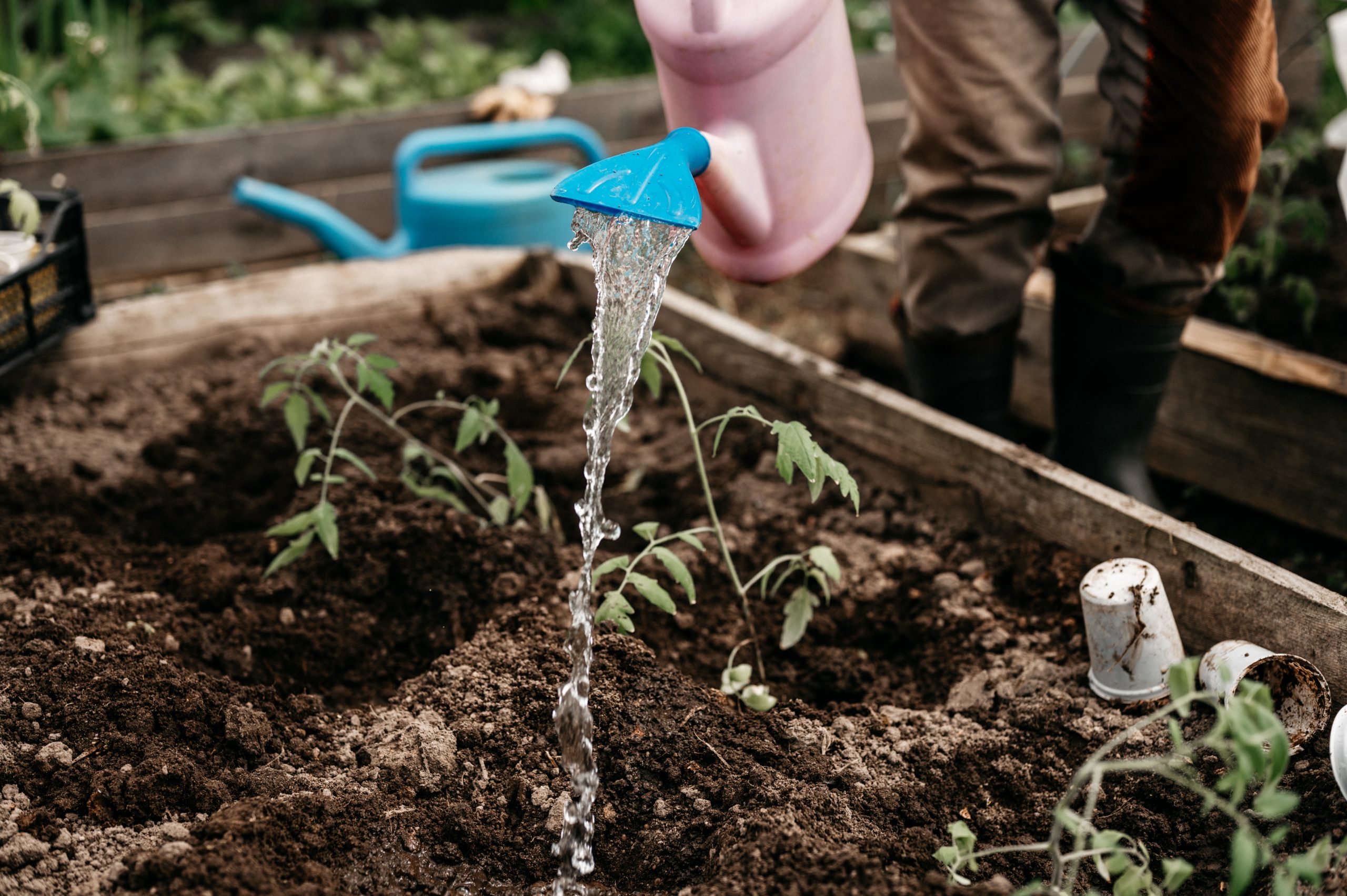
The most common cause of root rot is excessive moisture around the roots. Roots need a balance of water and air to function properly. When there's too much water, for example, you water the plants way too often, air is pushed out of the soil, leading to a lack of oxygen for the roots.
Similarly, poor drainage can be a result of compacted soil or a pot without adequate drainage holes. This leads to waterlogging, creating an anaerobic (oxygen-starved) environment.
Fungal Infections
Fungi that cause root rot thrive in moist, poorly drained conditions. These fungi are naturally present in the soil but become problematic under these conditions. The most common fungi responsible for root rot include Phytophthora, Fusarium, and Pythium. These fungi attack the weakened roots, further exacerbating the problem.
FAQs about Root Rot of Household Plants
- Can a plant recover from root rot?
We can't say it for certain, but if the condition is detected early and treated promptly, a root-rot plant can be recovered. However, when the entire root system is smelly, mushy, and brown, it’s too late.
- Can root rot spread to other plants?
Yes, root rot can spread to other plants. This is especially true in cases where plants are close together, share the same soil or pot, or if tools used on an infected plant are not sanitized before being used on healthy plants.




